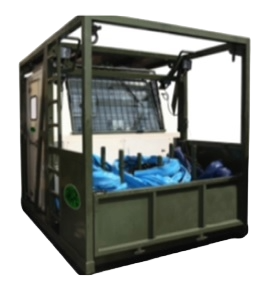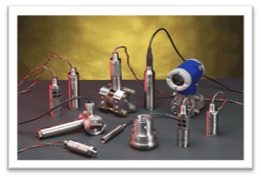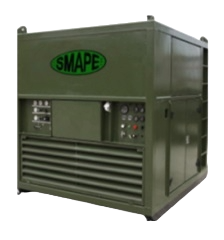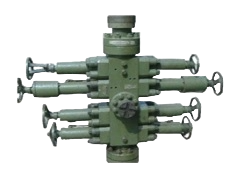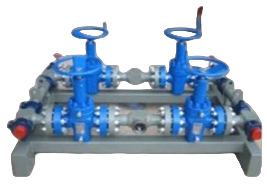RIG and RIG-LESS operations with a complete range of services: GAS LIFT / STIMULATIONS / CLEAN-OUTS / FISHING & MILLING / MULTILATERAL / VELOCITY STRINGS
The Coiled Tubing Truck Mounted Unit is a complete coiled tubing unit assembled on a trailer in order to save time during moving and CT unit rig up. This unit is also ideal to work on locations with severe space limitations; each equipment that composes the unit could be unloaded from the truck just in case of necessity.
CT Reel, CT Control Cabin, Power Pack, Injector Head, Stuffing Box and BOP compose this unit.
Control Cabin: The control cabin contains the console with the analog gauges, digital displays, electrical and hydraulic controls necessary to operate the equipment of CT unit and check all the parameters during the operation.
Reel: The Reel is used to contain the coiled tubing string during transport or un-operating phases and to provide a spooling mechanism during operating phases allowing at the same time to pump fluids through coiled tubing string.

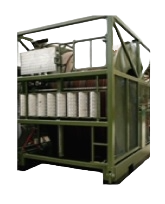
Data Acquisition System: SAMDS is a knowledge management system including a complex architecture of stand-alone PC and PC server environments that Ital Services Egypt has developed to satisfy the continuous market technology challenging growing. As a major element of Ital Services Egypt’s Real Time Monitoring & Analysis System solution, this generation extends the flexibility of Ital Services Egypt ADCT program technology. It can manage the data acquisition & monitoring for pumping and coiled tubing operation. In the case of operation run with coiled tubing, SAMDS (SMAPE Acquisition & Monitoring Data System) can manage the data coming from both the coiled tubing side and pumping side, providing engineers a complete overview about the running operations. The SAMDS is a software typically used to record, monitor, display and report fluid densities, different fluids flow rates, nitrogen rates, pressures, and cumulative volumes, etc…
Power Pack: it is the heart of the coiled tubing unit. It has several pumps powered by a diesel engine that allow usage of all coiled tubing unit equipment: injector head, reel, BOP, and stuffing box. It also has an auxiliary circuit that allows it to give power to other equipment (e.g., the agitator of the mix tank).
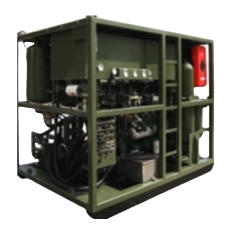
Injector Head: The injector head, a critical component of the coiled tubing unit, is used to apply dynamic axial force to the CT to control movement into or out of a well, to supply enough traction to avoid slipping on the CT, to apply static force to hold the CT when stopped and provided with sensors for weight and depth measurement. To achieve these purposes, the injector-head incorporates special profiled chain assemblies to grip the coiled tubing string and a hydraulic drive system that provides the traction effort for running and retrieving the string from the wellbore.
Gooseneck: The gooseneck is the static device mounted on a coiled tubing injector head that guides the tubing string as it passes through an arc from the reel into a vertical alignment with the injector-head chains and wellbore. The radius of the guide arch is generally designed to be as large as practicable since the plastic deformation created in the coiled tubing string induces material fatigue in the tube.
Stripper System: The Stuffing box is designed to pack-off on coiled tubing as it is being stripped in or out of the hole at a working pressure up to 10000 psi.
Blowout Preventors: BOPs contain wellbore pressure. Its main function is to prevent well fluids from escaping into the atmosphere. A CT BOP is designed specifically for CT operations. A CT BOP consists of several pairs of rams and each type of ram performs a specific function: Blind ram seals the wellbore when the CT is out of the BOP, Shear ram cuts the CT, Slip ram supports the weight of CT hanging below it and Pipe ram seals around the hanging CT.

Choke Manifold: The choke manifold is used to adjust the well head pressure and restrict the rate of flow back fluids. It consists of a set of high-pressure valves and associated piping that includes at least two chokes. These chokes can be fixed or adjustable or a mix of both, arranged such that one choke may be isolated and taken out of service for repair and maintenance while well flow is directed through the other one.

